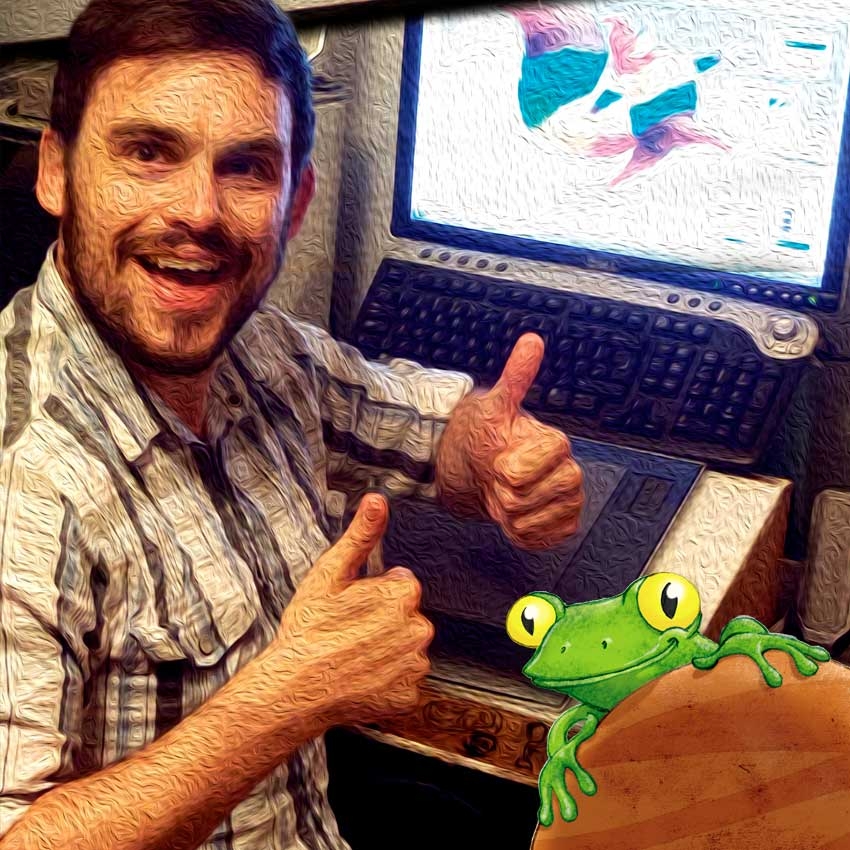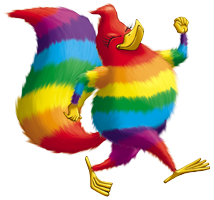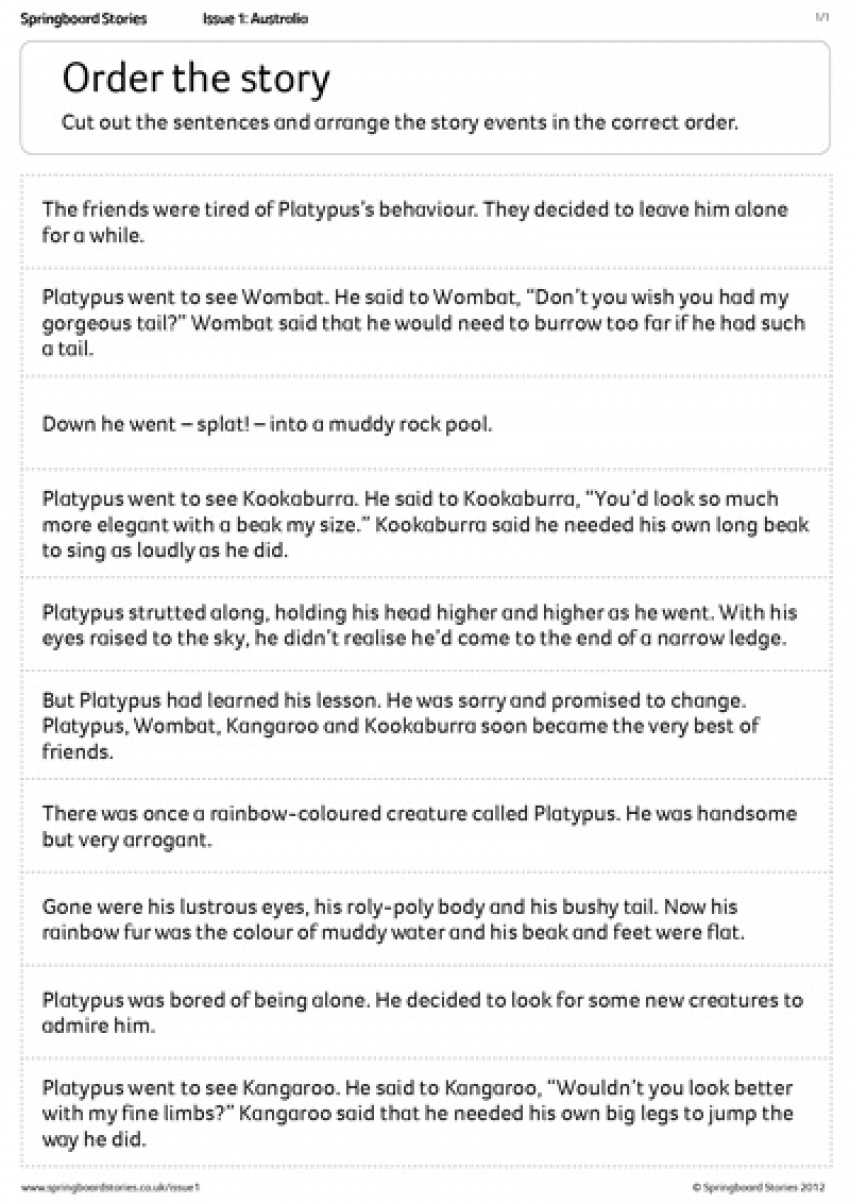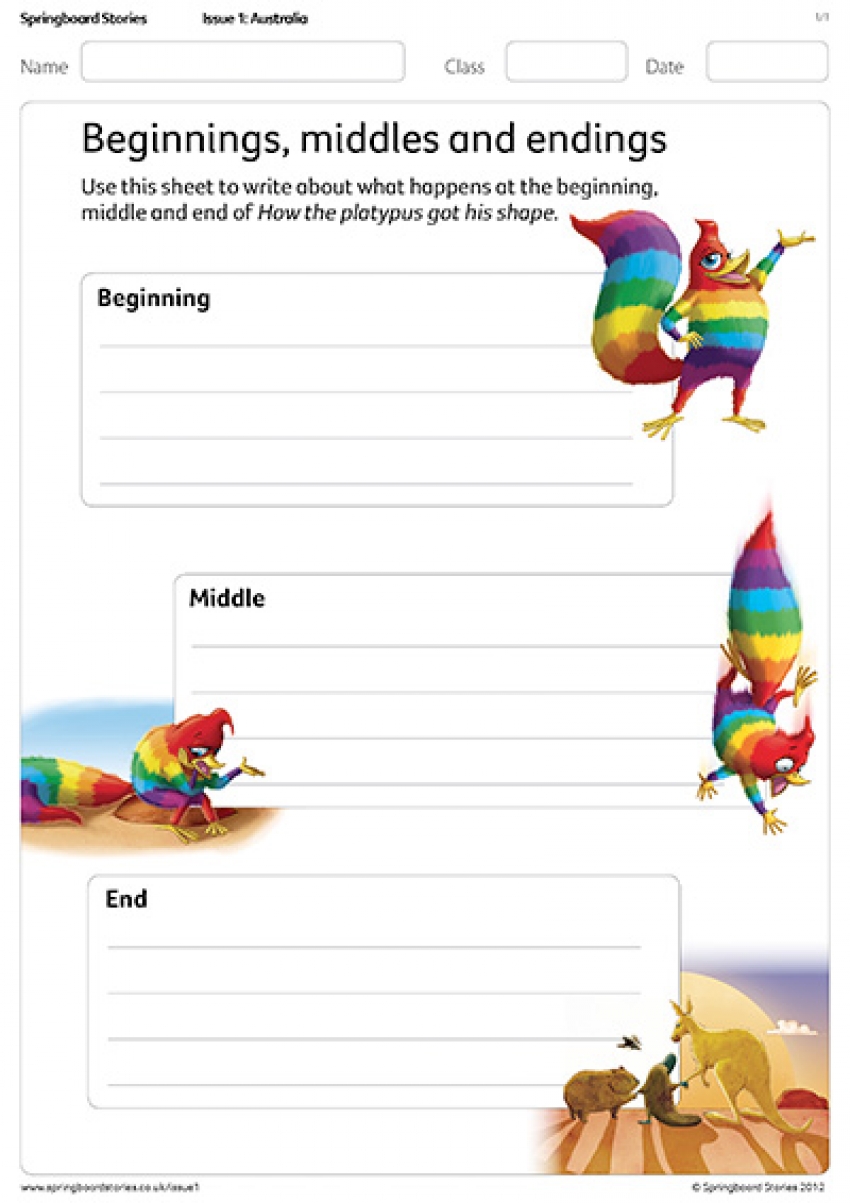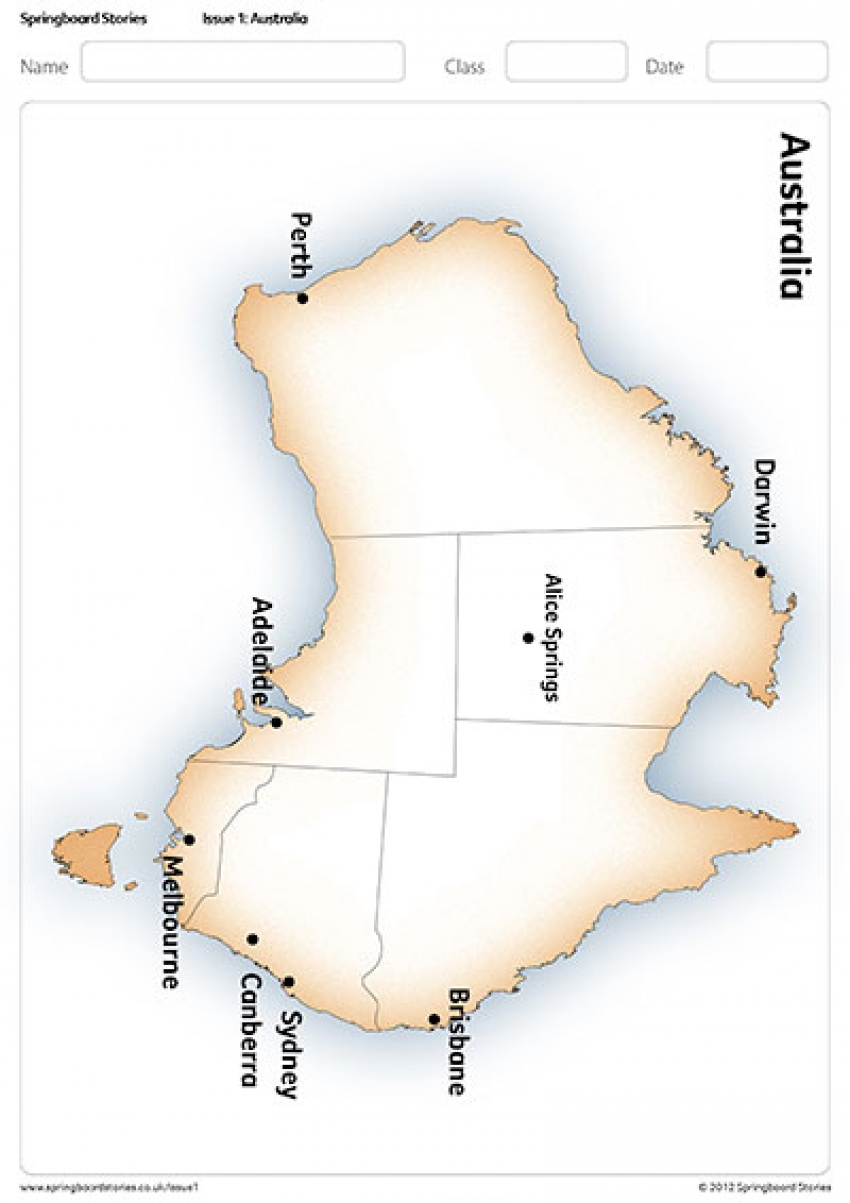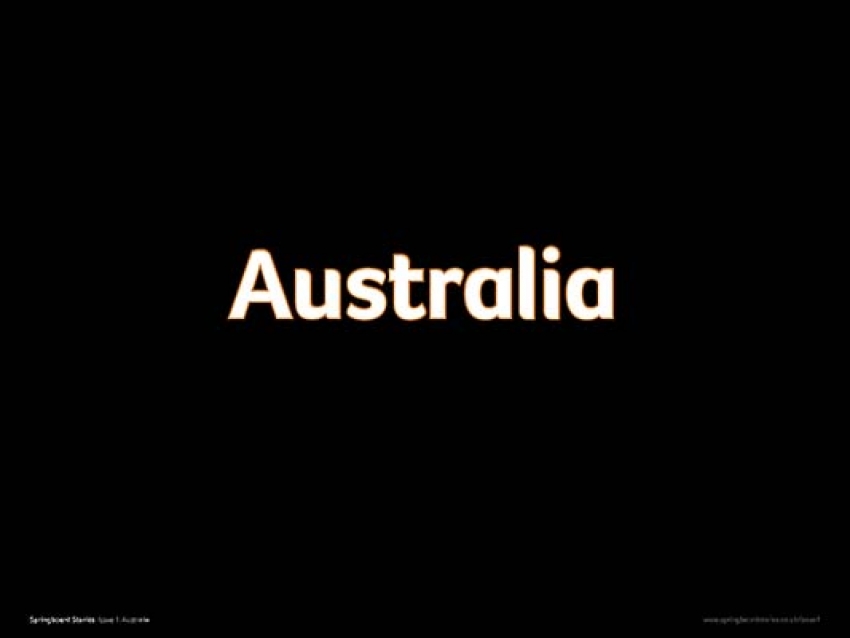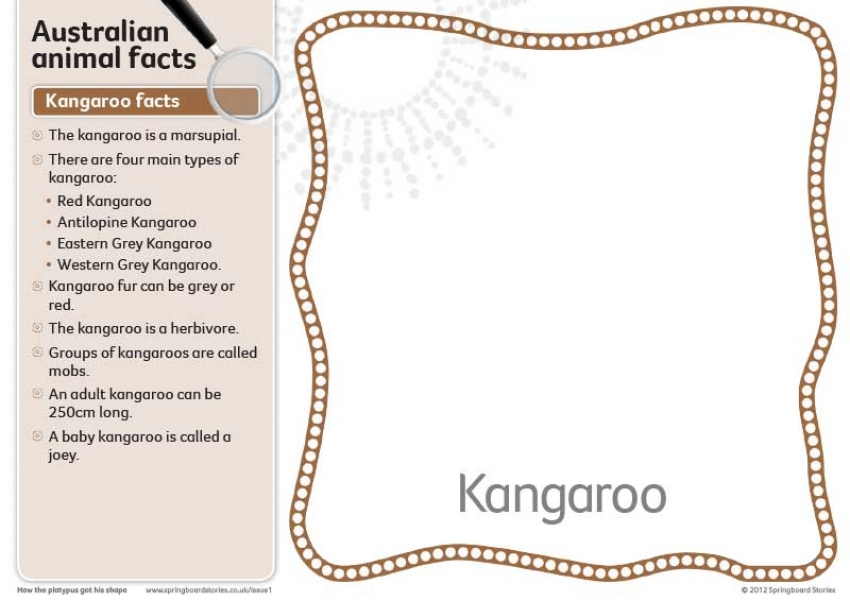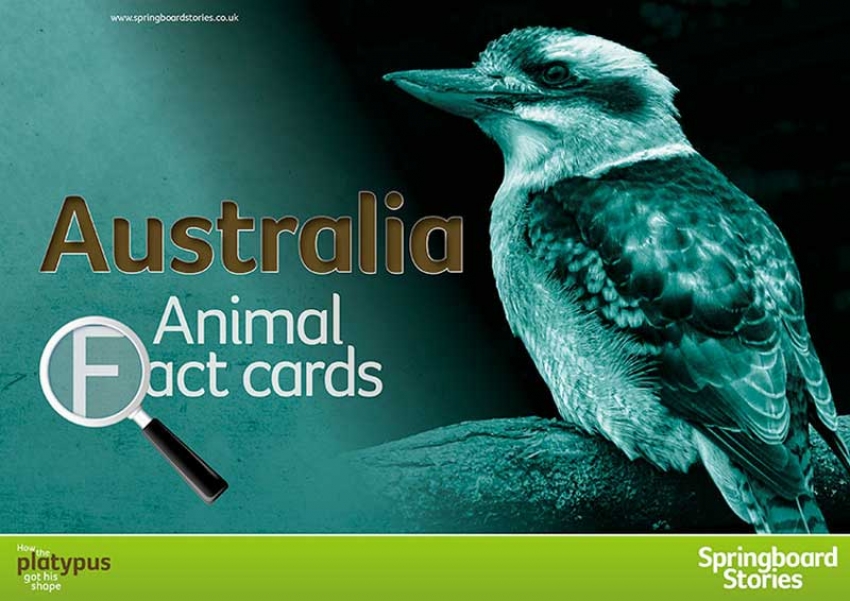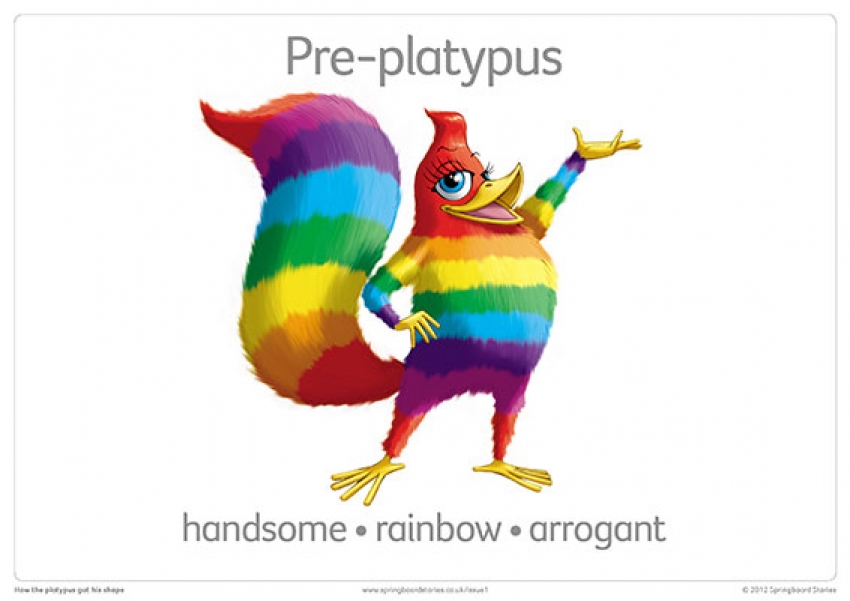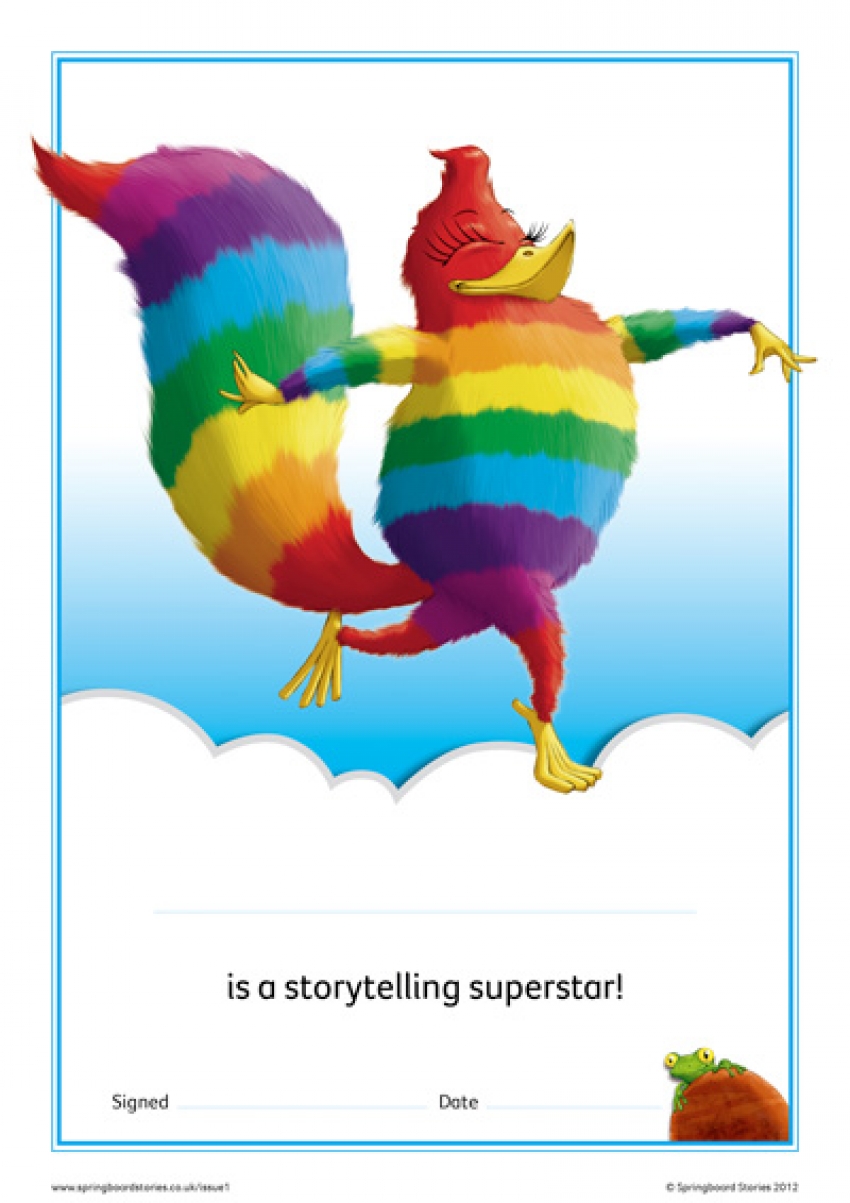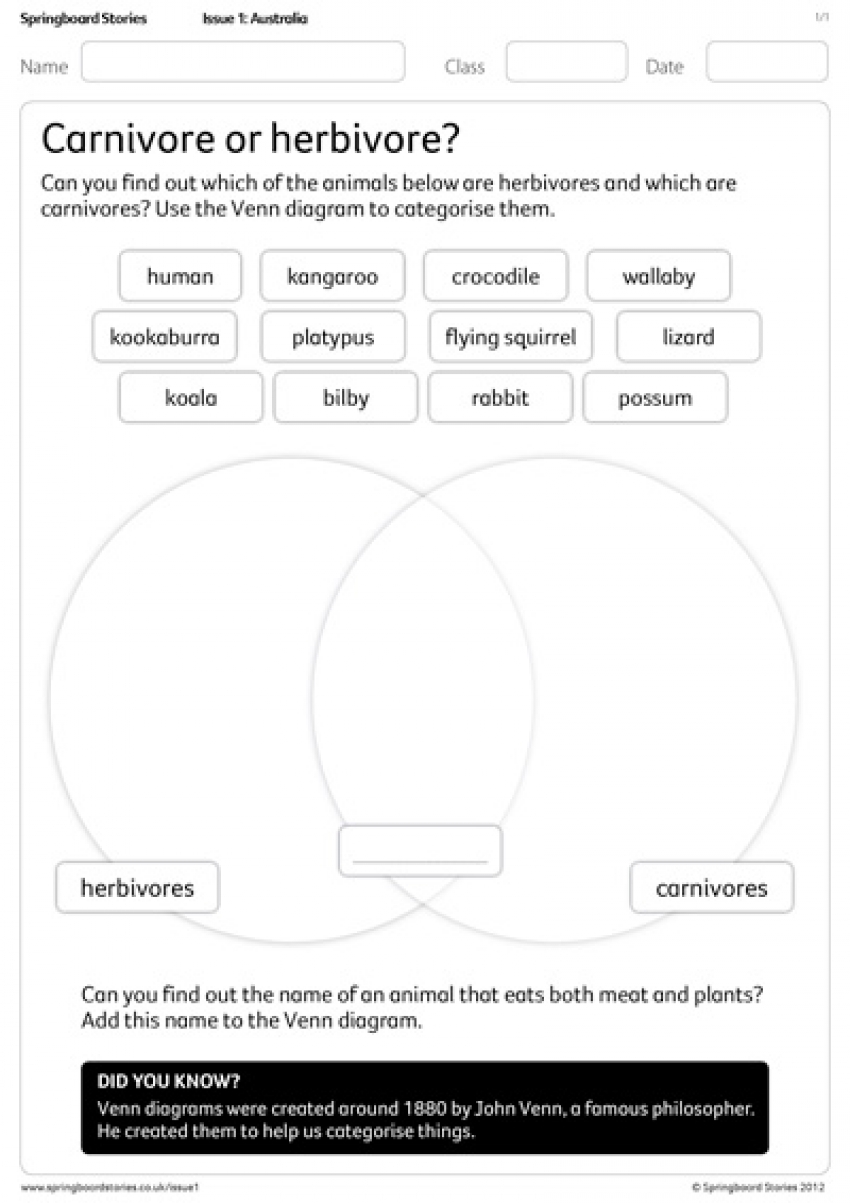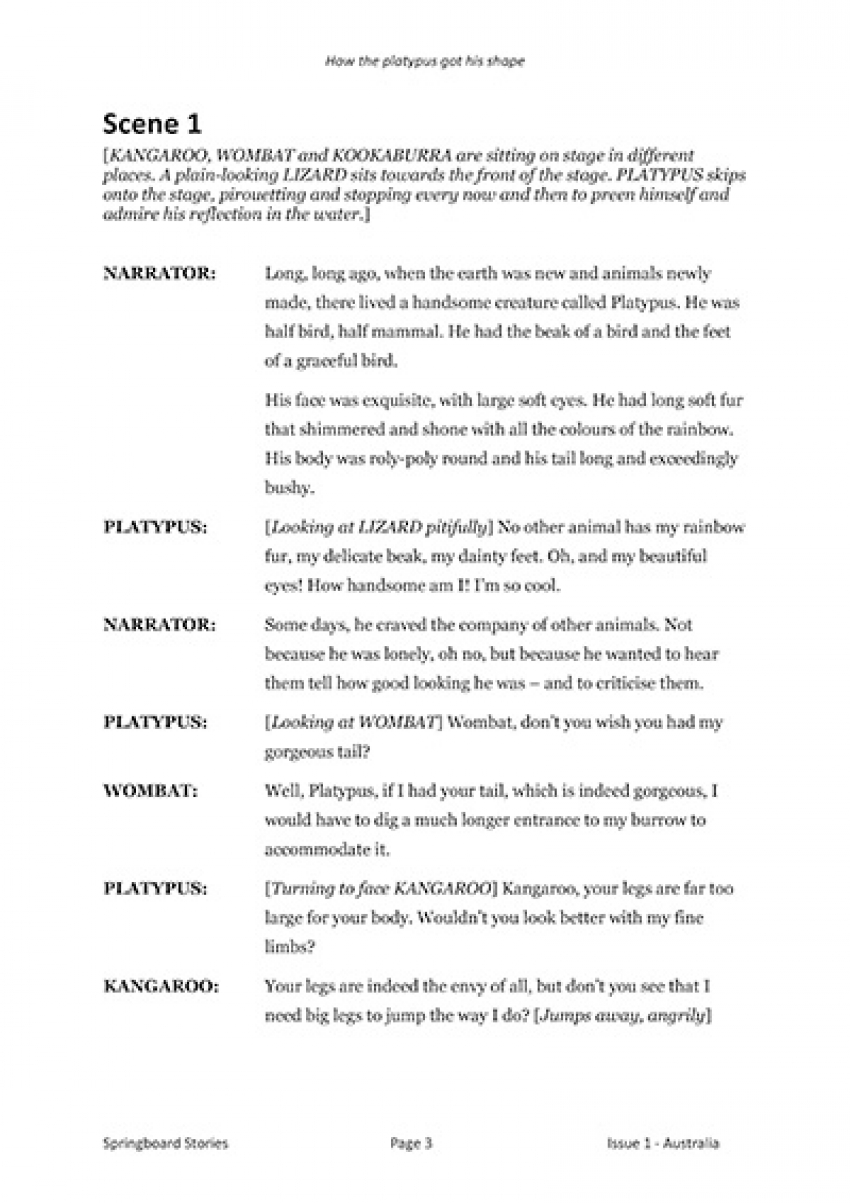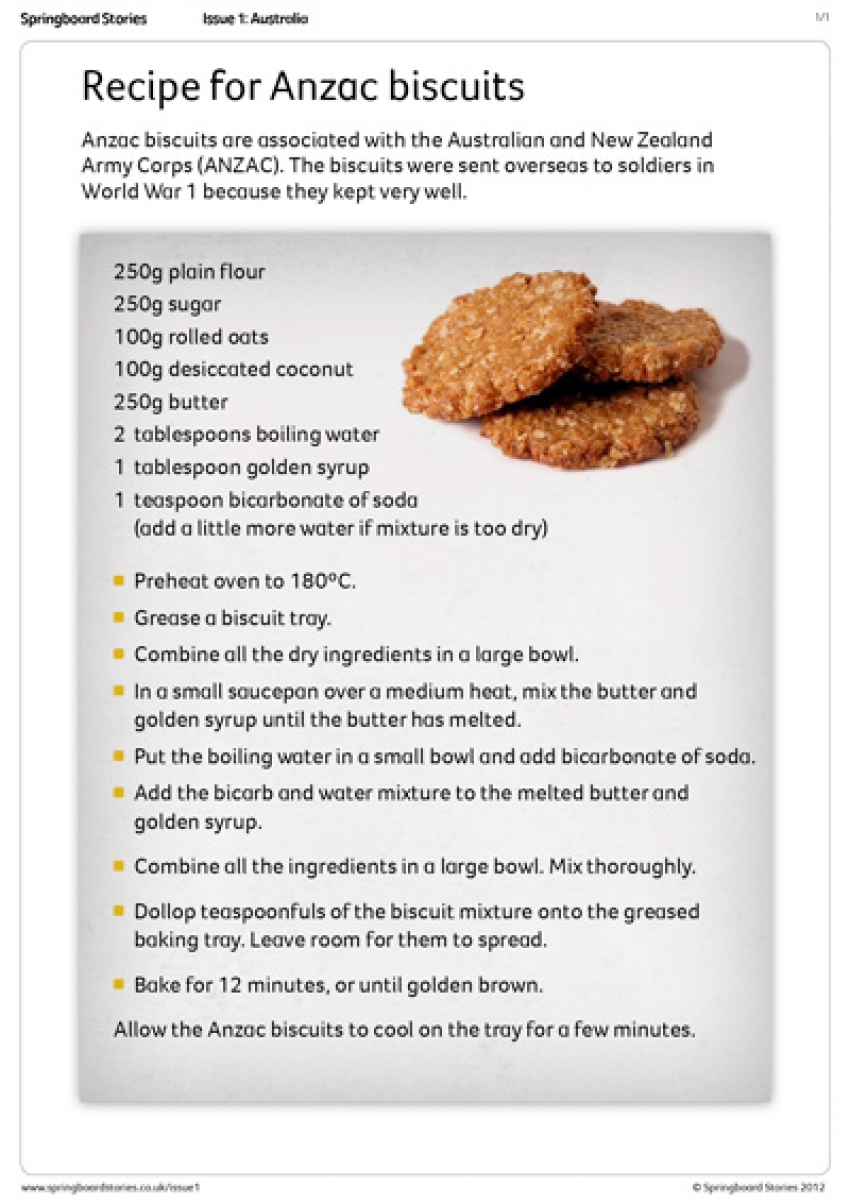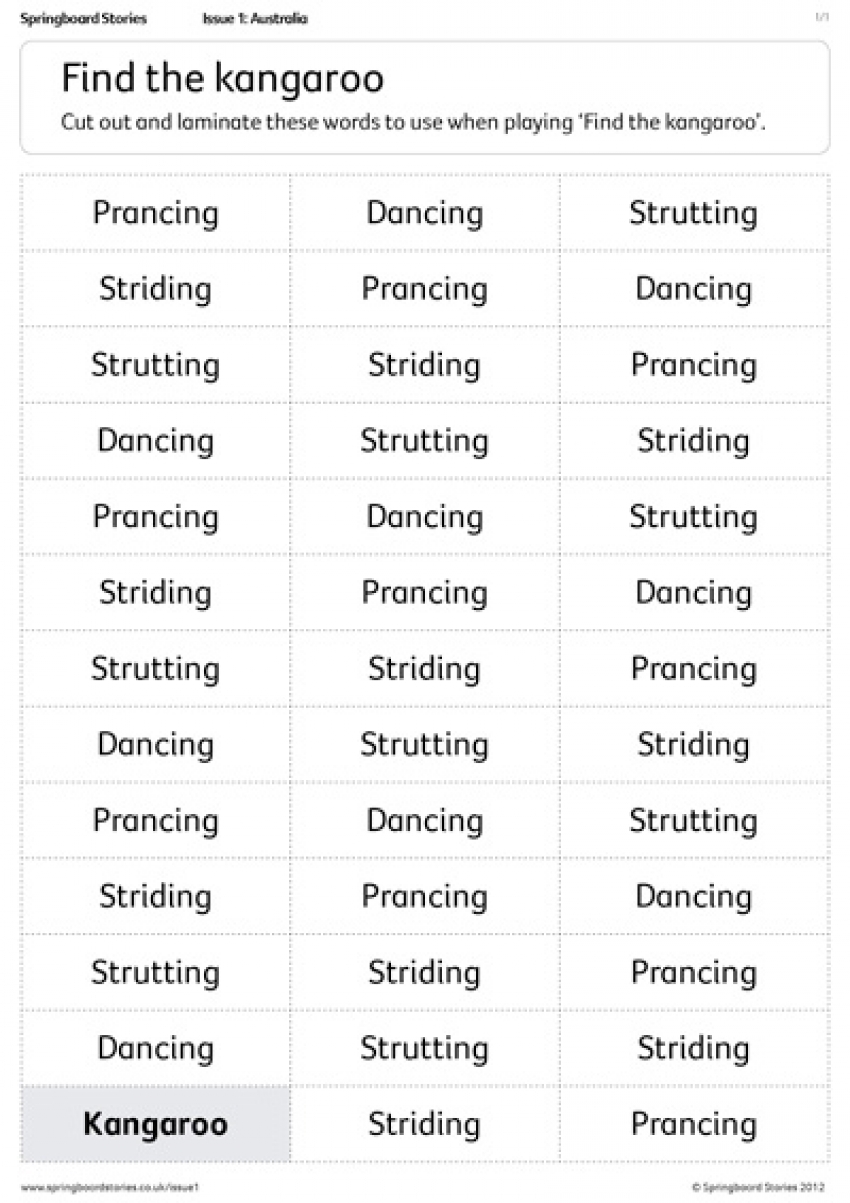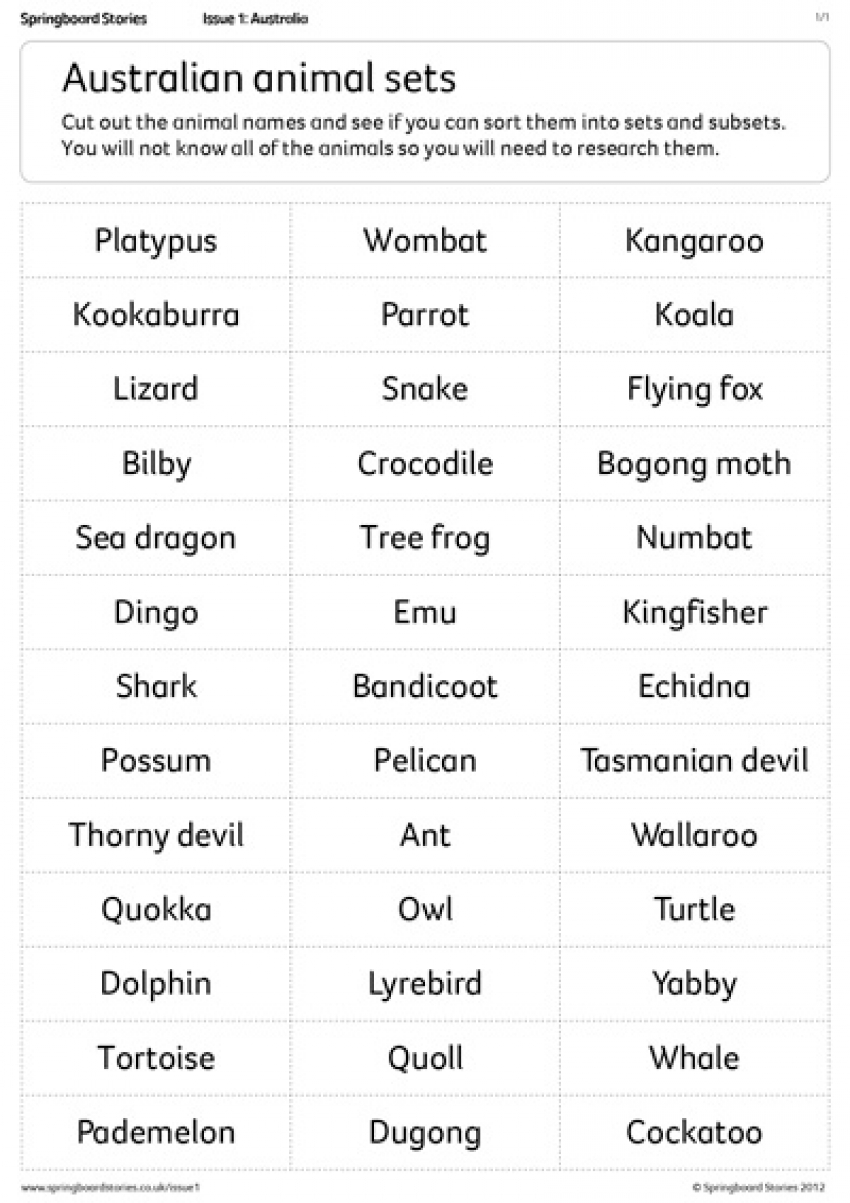We talk to illustrator brothers Simon and James Walmesley about their ideas, inspiration and working together on How the platypus got his shape
Illustrators Simon and James Walmesley are the older two of a set of three brothers brought up in leafy Warwickshire. Though only three years apart they went to different schools and had different influences educationally, so it was strange that they both took similar career paths.
They both liked art and drawing from an early age and James especially had a voracious appetite for books.
Like many of their age both were big fans of Richard Scarry’s canny combinations of busy illustrations, lesson learning and simple storytelling. Usborne stalwart Stephen Cartwright, another quirky illustrator famed for illustrating busy scenes and using simple humour in his drawings, was also a favourite. Simon explained that it was the vibrant colours and energy they had that added to their attraction.
Their love for illustration is clear. When asked if they’d always wanted to be illustrators an enthusiastic ‘Yes’ came from both of them. James went on to explain that one of the thrills of going on holiday or staying with relatives was the new notebook and pens that they would buy beforehand.
‘If we went on holiday to France,’ James explained, ‘we would draw some of the cartoon characters we would see on the packets of biscuits you could get out there. And then we just moved on to developing our own.’
It was the same when they visited grandparents. They always had drawing to occupy their time and it became a ritual that after dinner they would clear the table and draw rather than putting the television on.
‘In fact, we almost enjoyed it more than anything else,’ Simon remarked.
Having a career as an illustrator in his sights from a young age, Simon was drawn to comic book illustration and design, though at school the only arts careers that were discussed were roles such as graphic designer.
‘Comic book illustration would not have been in our career officer’s sights at all,’ he said.
At primary school the boys were known for being good at drawing and both, like many boys their age, drew super heroes and developed cartoon strips. James had aspirations to write and illustrate his own work.
‘But it’s time consuming,’ he said, ‘and when you’re busy drawing for other people it’s hard to fit in your own projects’.
When James was young he wanted to be a vet but he struggled with the idea of having to put animals down. The older he became, the more he found he liked art and design and, by the time he was studying for GCSEs, he really started to get into animation and was a big fan of Nick Park’s work. Working on an animation project was probably one of the first times the brothers had worked together.
Simon went off to college hoping to do more animation on his graphic design course. He soon found though, that his first love, comic design, and his lack of patience with his animation projects meant that he spent more time perfecting the illustrations on the storyboard rather than working out how the animation would work.
James did an animation course at university as he wasn’t confident about his drawing ability. However, as he worked on the animatics he realised he was also honing his drawing skills.
Working on a picture book that might inspire children the way they were inspired by their Richard Scarry and Stephen Cartwight books has been an immense pleasure to Simon and James.
‘Developing the characters for How the platypus got his shape and watching them grow has been really interesting, as has working with an illustration partner,’ Simon said.
‘You don’t always get it right first time,’ Simon continued, ‘but, in the end, it did all fall into place nicely and I think the division of who did which picture worked well. There weren’t really any problems. And having input from the design team and editors helped us refine each of the images.’
‘As soon as you read the story you have the character there in your head,’ James explained, ‘then it’s just a case of making sure you understand his personality. Because How the platypus got his shape was a book for schools there was a certain amount of input from the production team but mostly that was to do with making sure the illustrations fit some of the activities.
‘None of that was difficult with this book,’ said James. ‘Its simple story and defined characters all lead to the illustrations not really changing too much from the first designs.’

